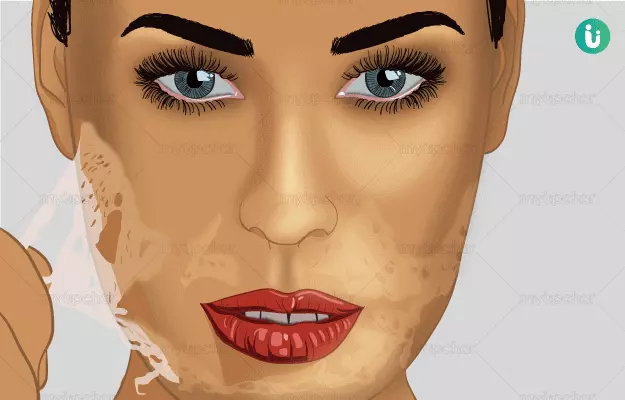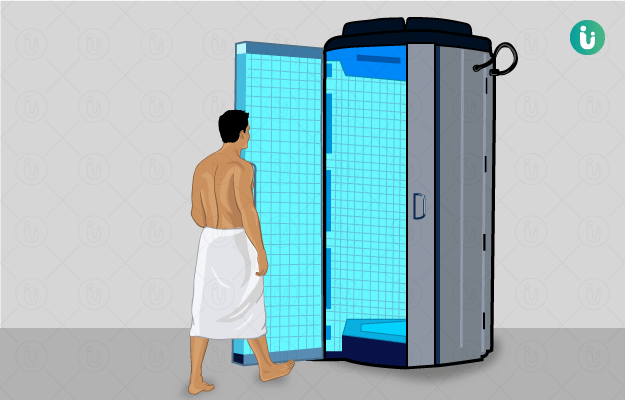A chemical peel is a cosmetic skin treatment that removes damaged skin to reveal the healthier, smoother skin underneath by application of a chemical mixture to the face, neck or hands. It is an expensive elective treatment that can be sought to reduce scarring of acne or smoothen wrinkles and fine lines of old age, amongst other reasons. Three types of skin chemical peel treatments are available depending on the depth of the damaged skin removed – light chemical peel, medium chemical peel and deep chemical peel. The chemical peel is done by application of the chemicals (depending on the type of peel) by the dermatologist in an outpatient facility. Following the chemical peel the patient must stay out of the sun and use skin care products as instructed by the doctor. Some redness, swelling, dryness and burning of the skin after the chemical peel is normal. However, more serious complications including heart, liver and kidney problems can arise in susceptible patients.
(Read more: Skin care tips)













